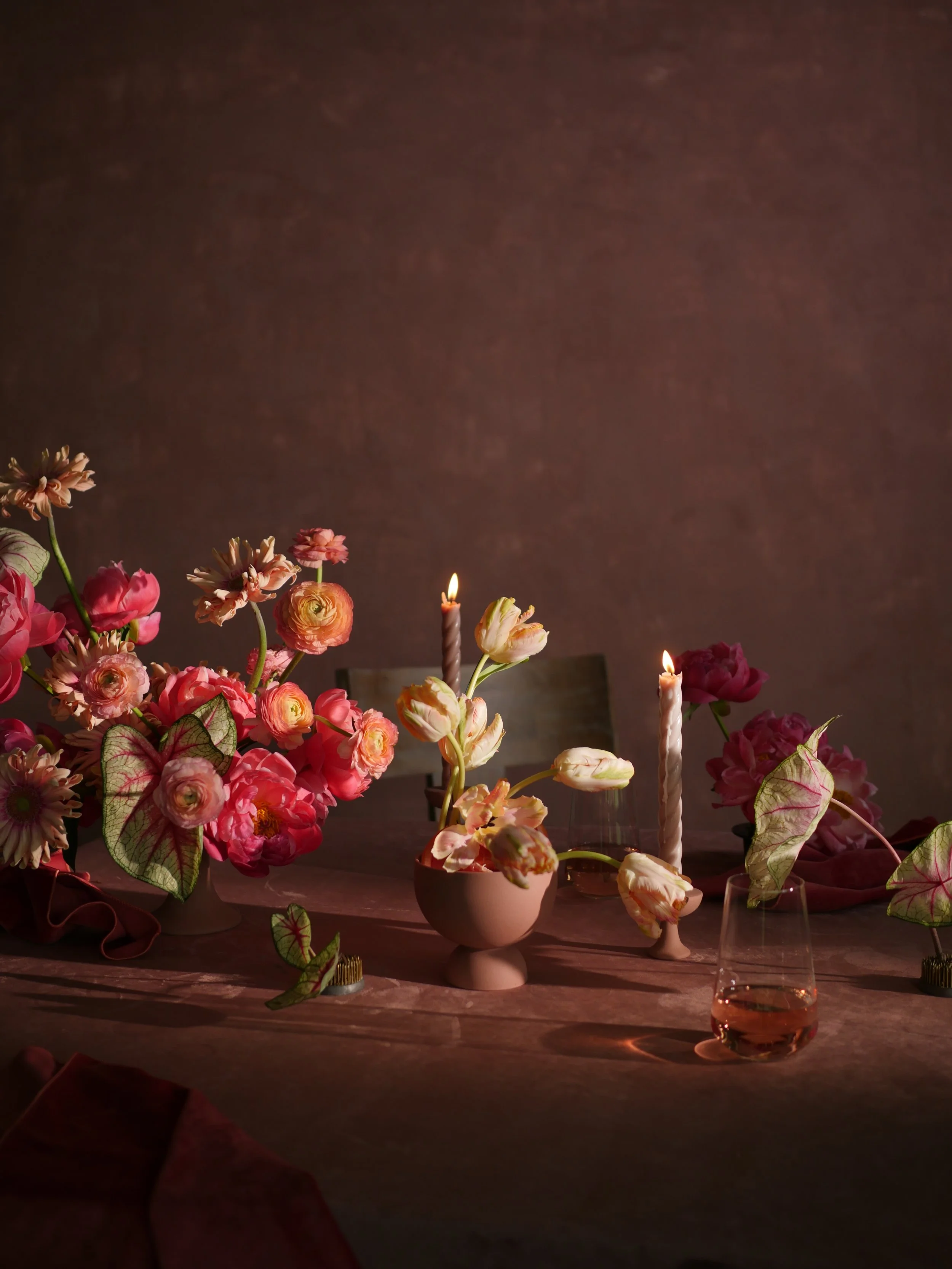Ask a San Francisco Wedding Florist: Design Process Explained (Vol. 2)
Part 2 of our Ask a Wedding Florist series dives into the most common questions about the design process of a weddings and events florist in the San Francisco Bay Area. From the initial inquiry process, to the sketches, moodboards, and renderings, to how we go about choosing flowers, and more!
Q & A: Lea Stafford of Lea Stafford Events & Ethos West Collective
Today on the blog we have the amazing Lea Stafford of Lea Stafford Events, sharing with us more about the inspiration and mission behind Ethos West Collective, her hopes for the future of weddings and events, some of her favorite Black-owned businesses, and a sneak peek into the future of her business.
The Best Investment I Made in my San Francisco Floral Design Business
When it comes to the “behind the scenes” of my business, I’m an open book. So today on the blog I’m sharing more about a specific investment I made this year, my learnings (and fears and mistakes) around education in this industry, plus my suggestion for those weighing investments for yourself or your business.
Q & A: Elise Brannan of Brannan Events & Design
Today on the blog we have a Q & A with Elise Brannan of Brannan Events & Design. In this post she’s sharing ways your wedding planning can be impactful to both your community and the environment.
A Guide to Vision Boarding with Purpose
I’d like to share with you a part of my creative process that I’ve found really helpful, especially in the past few weeks: vision boarding. Vision boarding is a tool I’ve implemented both in my personal life and in my business. Here’s what you’ll find in this post:
The truth about vision boards
Step-by-step instructions to create an effective vision board
3 real life examples of vision boards I’ve created
Choosing Your Wedding Florist: 9 Things Every Couple Should Know
Often times, planning a wedding is the first introduction to flowers for many people. It’s all one big learning process, and finding a florist can seem so daunting. Here are some tips on ways to navigate your own search for your wedding florist.
5 Steps I Took to Start My Own Floral Design Business in San Francisco
At times, starting my own floral design business in San Francisco has felt like one giant leap. But really, it’s been many baby steps. My hope is that by being transparent about my story, I can help inspire someone else to take a small step in the direction of their dreams. From booking my first clients, to quitting my 9-5 job, and all the steps in between — read on to see how I did it.






